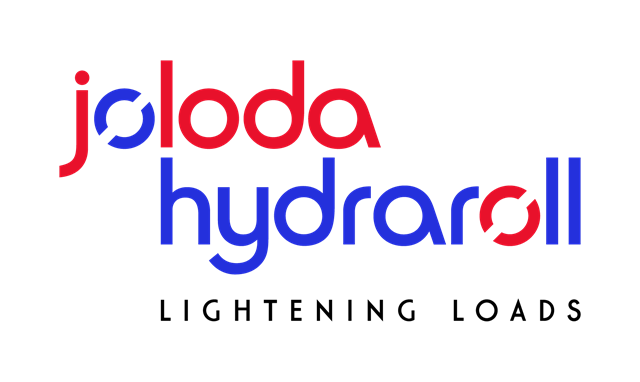
- Wouter Satijn, Sales Director, Joloda Hydraroll
Entering 2025, businesses have expressed optimism as they get ready to tackle new challenges – and some old ones – impacting their logistics operations. Two constraints are particularly persistent: a shortage of labour and a lack of warehouse space. The good news is many solutions and strategies now exist to optimise processes and assets. But with more choice comes more complexity. The difficulty is knowing which direction is right to meet the future needs of the business and ensure long-term returns.
Automation is a proven route, but to maximise ROI, it needs to be introduced as part of a broader roadmap towards one seamless operation – and this is different for each business. To overcome systemic challenges like labour and space shortages, while increasing productivity to meet growth targets, companies need to build a detailed business case.

Shrinking workforce, rising wages
A shortage of workers to fill logistics roles has been a concern for several years, with an ageing workforce and fewer young people considering it a career path. The declining number of truck drivers globally is particularly alarming: without action, unfilled vacancies are projected to double by 2028. As a result, wages have climbed by up to 40% in recent years as companies compete for talent. This means businesses must recruit wisely and consider alternative ways to improve their logistics processes.
At the same time, it’s necessary to consider the operation end to end, taking into account areas of a factory, warehouse and distribution centre that may have previously been overlooked, such as the loading bay. More efficiently loading and unloading goods from trailers can lead to much faster, safer, and more reliable transportation between sites, which requires fewer people and less space. However, the right solution will not be one size and it won’t fit all.
Limited space, complex overhauls
The challenge of limited warehouse space is equally pressing. Brownfield sites are often complicated to overhaul with a fully automated operation due to space constraints, while companies leasing or renting warehouses face restrictions on how they modify their buildings. They are also looking for a solution that can be easily installed elsewhere. In the loading bay, without a clear path forward, businesses often focus on introducing new equipment such as Autonomous Mobile Robots (AMRs) or Automated Guided Vehicles (AGVs) to accelerate otherwise manual processes. However, the scalability of this approach is limited. These vehicles can provide some quick wins, but it won’t be long before additional automation is required to keep up with growing demand. When adding automation in a piecemeal way, it can be more challenging to demonstrate the end vision and determine the return on investment.
Building the business case
Businesses need to work with partners who offer a full range of equipment and who will carefully assess their unique setups and challenges to ensure the right solution that integrates into their broader operation. This means businesses should expect to be able to calculate ROI and quantify full-scale benefits. Whether fully automated systems, or more simple but strategic solutions that can be added to over time, a clear roadmap will help ensure investments deliver lasting value.
In the case of the loading process, this means considering the following:
- The current loading process: how do you load? What do you load? Where is it going? And in which quantities?
- Design and manufacture of the resulting solution, ensuring longevity, reliability and performance. Is it built in-house and therefore customisable to your needs? Can the equipment be re-installed elsewhere?
- Complete management of installation, including testing, commissioning and training.
- Ongoing 24/7 maintenance and support.

Conclusion
By integrating automated systems, businesses can alleviate the strain of labour and space shortages, reduce operational costs in the long run, and improve overall productivity. The key is identifying the right solution and level of automation to match specific needs, entrenched within a solid business case and roadmap for sustainable growth.
Interested in discussing the right solution to streamline your loading and unloading processes? We’ll be presenting our latest automated, semi-automated, and manual systems at LogiMAT 2025 – including a brand-new addition to our range of unmodified trailer loading solutions. You can find us in Hall 5, Stand 5D09. You’ll also find scale models, installation videos and handouts, including your roadmap to automated loading and unloading success.

About Joloda Hydraroll:
Joloda Hydraroll is a one-stop-shop provider of loading solutions for handling all types of freight, including pallets, air cargo and parcels. Our story has unfolded over 60 years and we are now regarded as the global leader in loading solutions.
We help businesses make loading and unloading processes more efficient and effective with manual, semi-automated, and fully automated solutions. All our systems are backed with ongoing maintenance support that includes reactive breakdown, Pre-Planned Maintenance (PPM), and complete asset management services to minimise downtime.
Our status is demonstrated by our proven and trusted technologies; we have in operation more than 1,000 automated loading systems and 500,000 manual loading systems, with a maintenance team of more than 100 engineers worldwide. We have offices on four continents and an unrivalled global network of over 35 local sales and support partners.